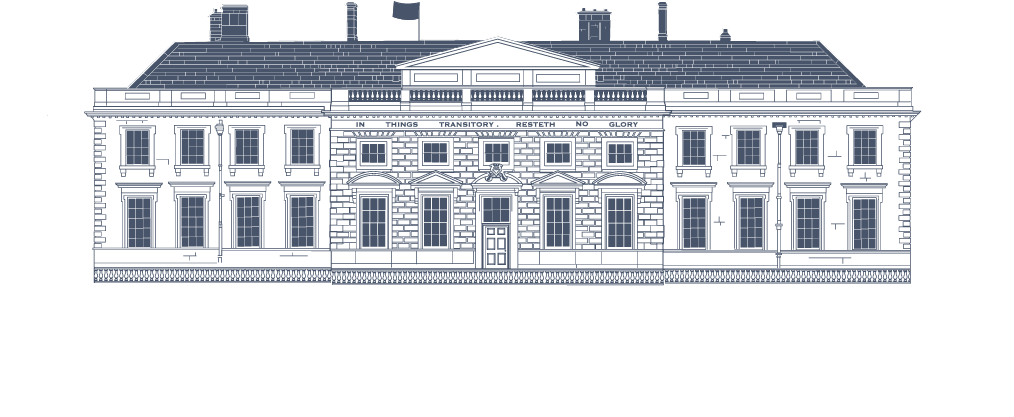The Hall
Developed from a Tudor manor house, architecturally the hall has been worked on by Smith of Warwick and William Burn but is best known for its John Webb classical frontage.
The Hall’s fine rooms, including the High Room of 1655 and 18th century library, are filled with a wealth of outstanding furniture, books, china and paintings collected by the Isham family. Most were bought during the 3rd Baronet’s Grand Tour of Europe, in the 1670s. The first floor has undergone lengthy restoration, allowing further paintings and furniture to be displayed.
The ravages of two world wars and economic depression meant that the twentieth century was not kind to many of Britain’s country houses. At different times during the last century Lamport Hall has been a family home, divided into flats, a hunting box, a country club, a home for the Northamptonshire Records Office, a British and Czech army base and an Italian prisoner of war camp. Years of poor maintenance resulted in an outbreak of dry rot which, during the 1970s, saw large sections of the house gutted.
The Isham family lived at Lamport for over 400 years, until Sir Gyles Isham, the 12th Baronet, died in 1976. In his will he bequeathed the Hall, with its contents and Estate, to the Lamport Hall Preservation Trust which he set up to carry on the lengthy restoration programme of the hall, environs and estate, ensuring Lamport’s survival for the enjoyment of visitors and as a centre of culture and education.
The Lamport Hall Preservation Trust is a charitable organisation, established for the public benefit and controlled by a governing body of Trustees.
